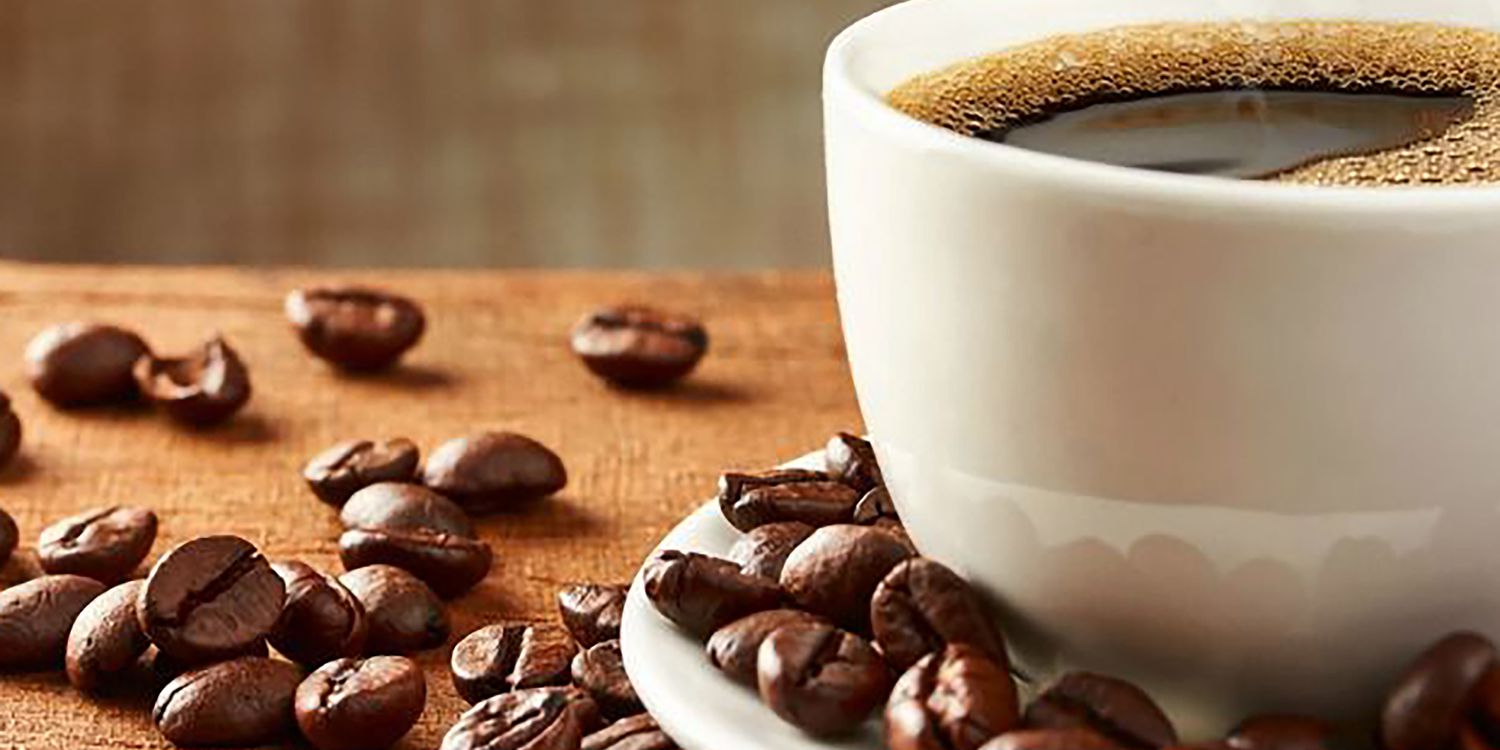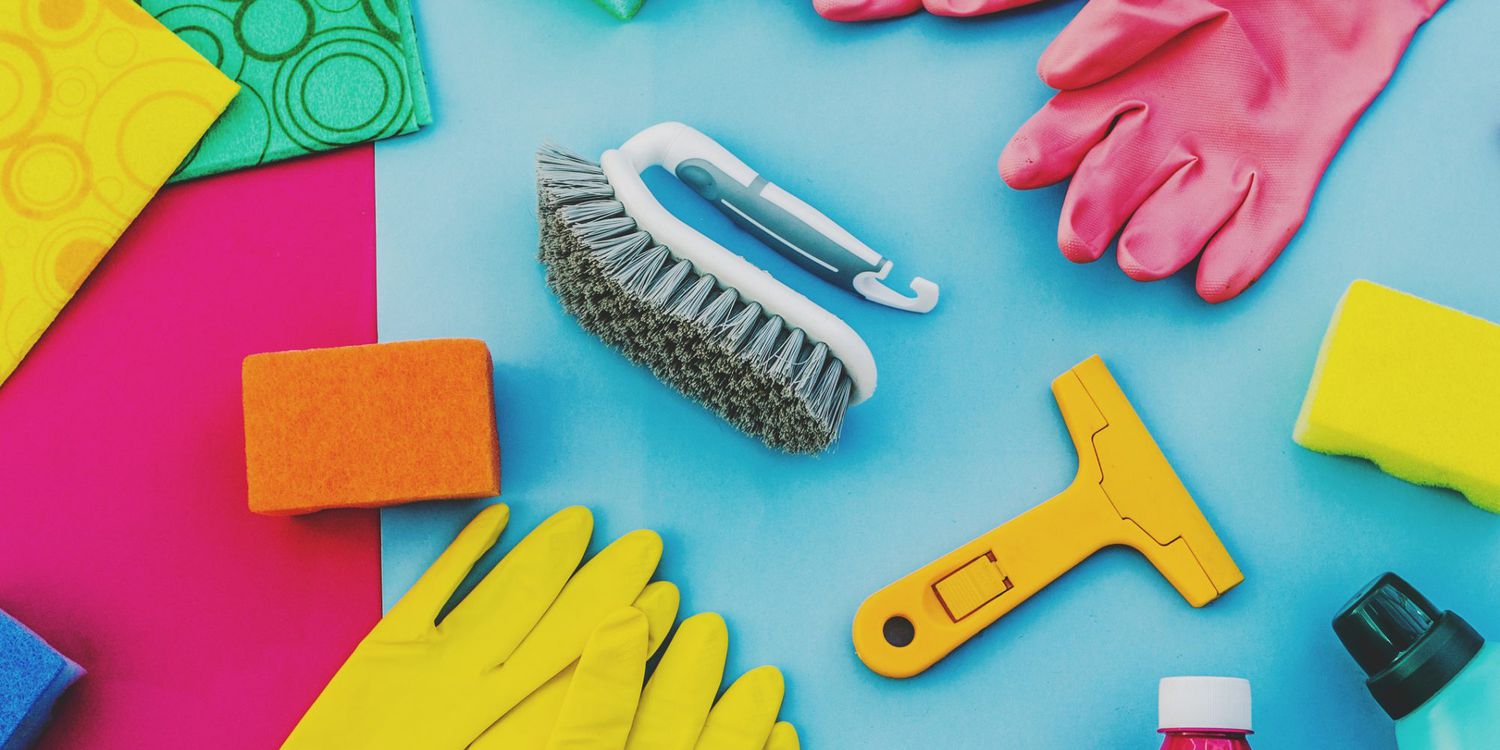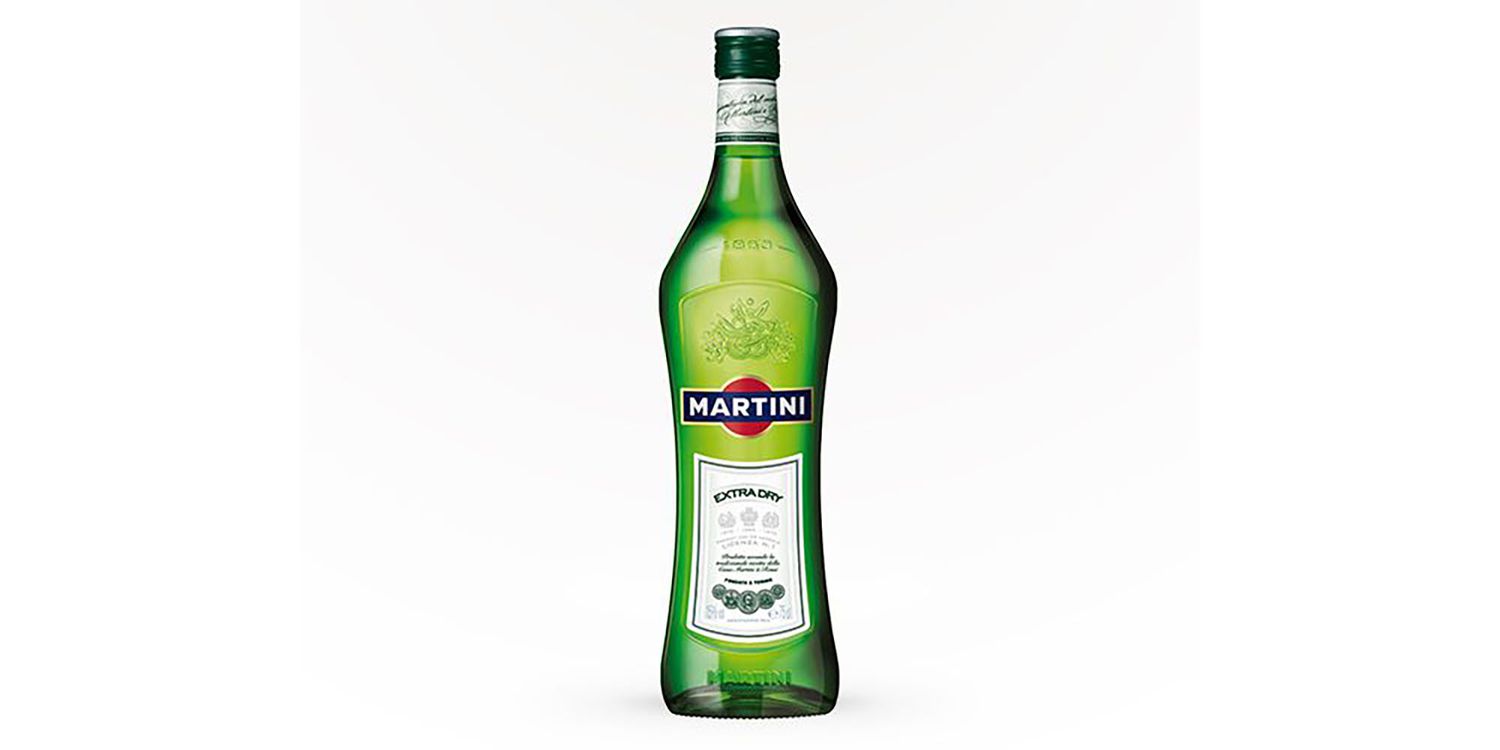Whether you swear by a daily stop at the coffee shop or whip up your own copycat coffee drink recipes at home, you’re in good company if you rely on java to jumpstart your day. About 75 percent of American adults drink coffee, research suggests, and one in two of us sip on coffee every single day.
Even if the cocoa-colored drink is a staple in your diet, you probably don’t take a lot of time to dissect every finer detail involved in the beans your cup is brewed from. Sure, you may consider the aromas or flavor notes (such as earthy, spicy, smoky, fruity, crisp, or floral), compare the color to the hue of a drink made from your last batch of beans, or experiment with different coffee recipes to try to find your favorite among the mochas, macchiatos, and PSLs of the world.
But when was the last time you thought about the caffeine content, and if it might vary from cup to cup? Turns out, that’s definitely possible. Read on to learn more about the factors involved in how much caffeine is in coffee, then discover how the roasting process in particular can make your breakfast beverage more (or less) buzzy.

Getty Images
The Details That Impact Coffee’s Caffeine Content
There are four main factors that determine the quantity of caffeine in your drink.
- The coffee beans. Depending on the specific species of coffee plant, a bean’s natural caffeine content can fluctuate.
- The style of coffee. Caffeine levels vary whether you opt for brewed (95 mg*), cold brew (120 mg*), espresso (63 mg*), instant (60 mg*), or decaf (2-7 mg*), for example.
- The serving size. Even though they’re all often referred to as “a cup of coffee,” a “short” is actually 1 cup, a “tall” is 1 1/2 cups, a “grande” is 2 cups, and a “venti” is 2 to 2 1/2 cups, depending on whether you get hot or iced. (ICYMI, here’s everything you need to know about Starbucks coffee sizes.) The more coffee you actually sip from that cup, the higher your total caffeine intake will be.
- The roast. During roasting, a bean loses mass. In fact, a roasted coffee bean can shed up to 70 percent of its water weight during the first six minutes of roasting. A cup of light roast coffee will have slightly different caffeine levels than its dark roast coffee peers.
* Caffeine estimates based on averages per category
Related: 21 Irresistible Ways to Use Leftover Brewed Coffee
How Coffee Roast Influences Caffeine
First of all, a quick refresher on roasting. This technique involves heating green, tender coffee seeds until they’ve reached their signature brown, aromatic, and brew-ready bean status. Before beans are ready to brew, they are put through the paces during a handful of steps that help them land at their final flavor, caffeine content, and overall drinking experience.
Roasting strategies vary, but as a general rule, the roast levels are defined as:
- Light roast: Heated until the beans reach an internal temp of 356–401°F (which takes 10 minutes or less when roasted between 350 and 400°F).
- Medium roast: Heated until the beans reach 410–418°F.
- Dark roast: Heated until the beats reach 465–480°F (which takes 15 minutes or so at 400°F).
The flavors and aromas tend to concentrate during roasting, so you might imagine that dark roast coffee also packs a stronger caffeine punch. But the reverse is actually true.
If you’re comparing the exact same weight of light roast to dark roast coffee, each will have very similar levels of caffeine. As you scale each batch, you’ll notice that you’ll need more dark roast beans to match the weight of light roast beans. Since the beans lose moisture the more that they roast, the darker-roasted beans shed mass and density.
That said, if you compare light and dark roast beans by how much space they take up—as they would hold their own in a scoop—light roast will have a bit more caffeine. Beans expand during the roasting process, so dark roast coffee beans take up more space.
The caffeine content doesn’t concentrate as the beans roast, but due to the shift in density, you may experience a small difference in total caffeine content in your cup if you make it without a scale.
Related: Bean to Cup: Different Types of Coffee, Roasts, and Drinks, Explained
The Bottom Line
Lighter roast coffee has a skosh more caffeine than dark roast coffee when measuring scoop vs. scoop. The variance is fairly small, though, and you’ll notice much larger shifts in total caffeine content depending on the coffee plant species, the number of ounces that you call a “cup,” and how you brew said cup.
If all this coffee talk has you craving some java, whip up one of our five-star coffee drink recipes, then transfer it to one of our 10 best travel coffee mugs so you can take that energy boost to go.




